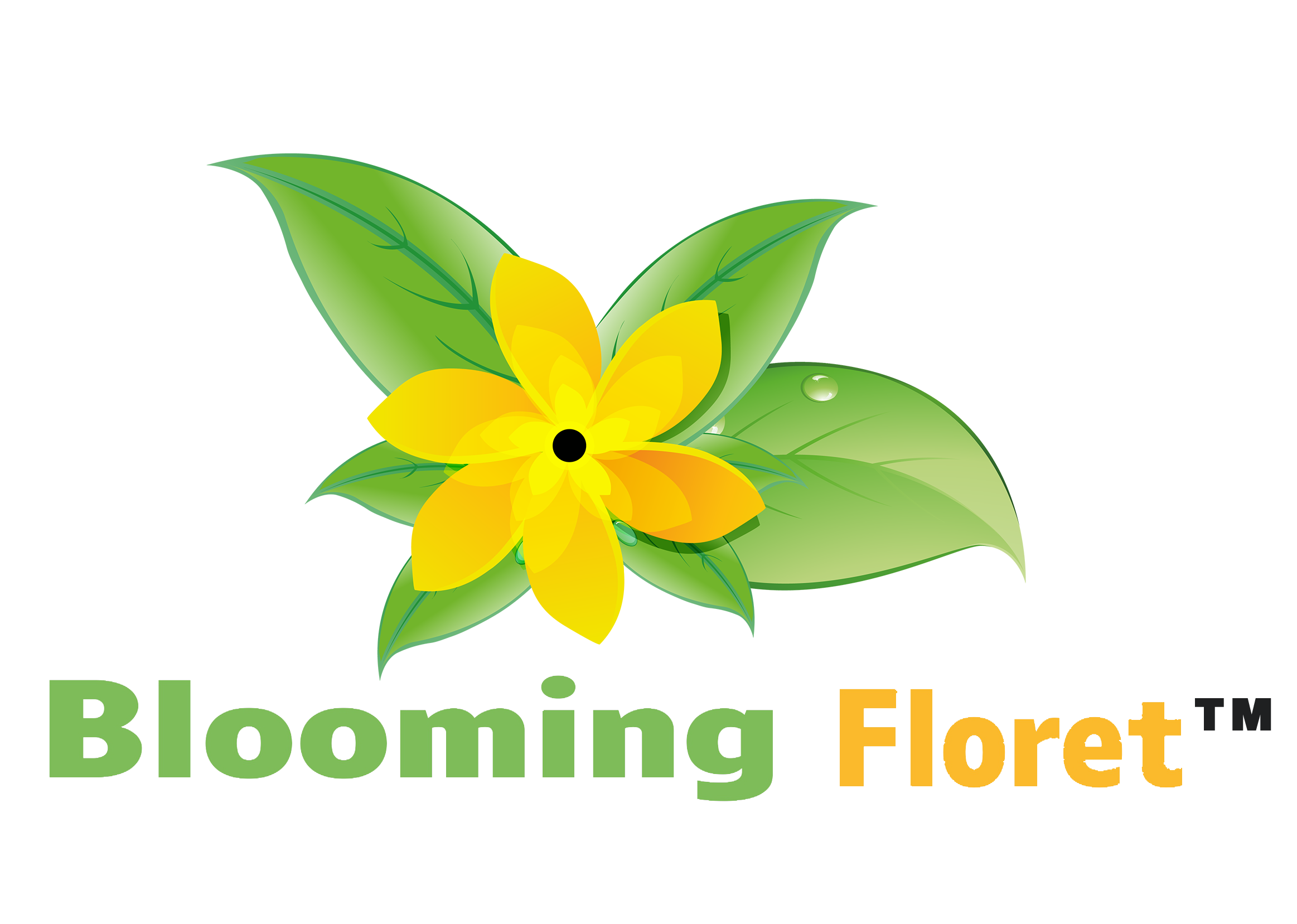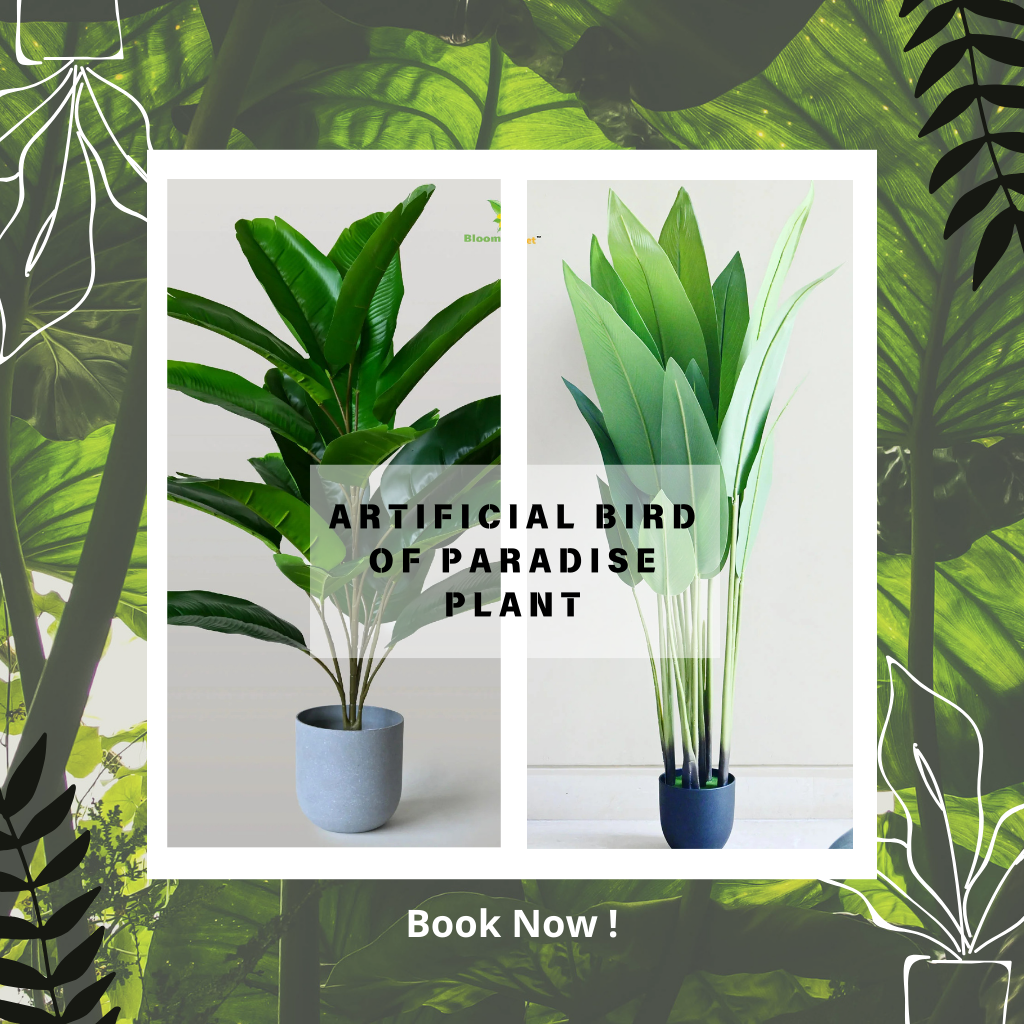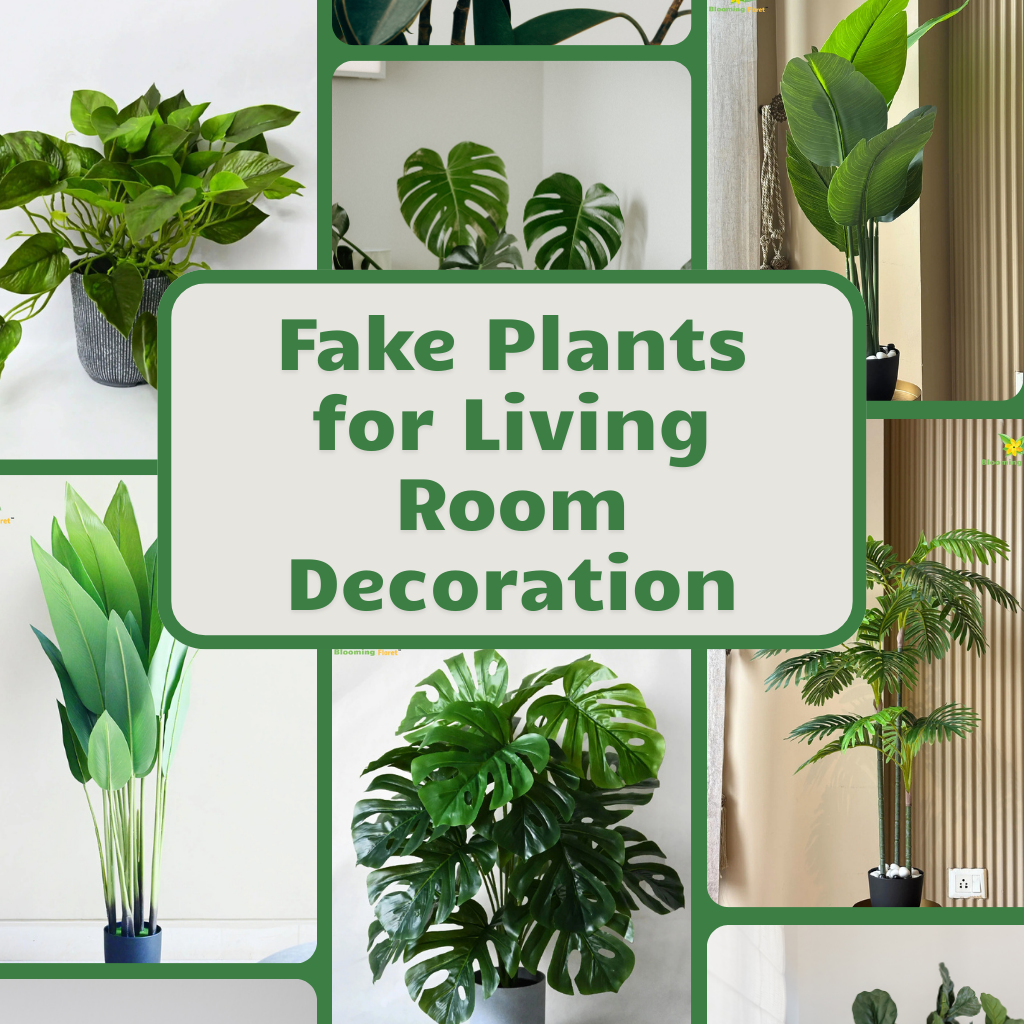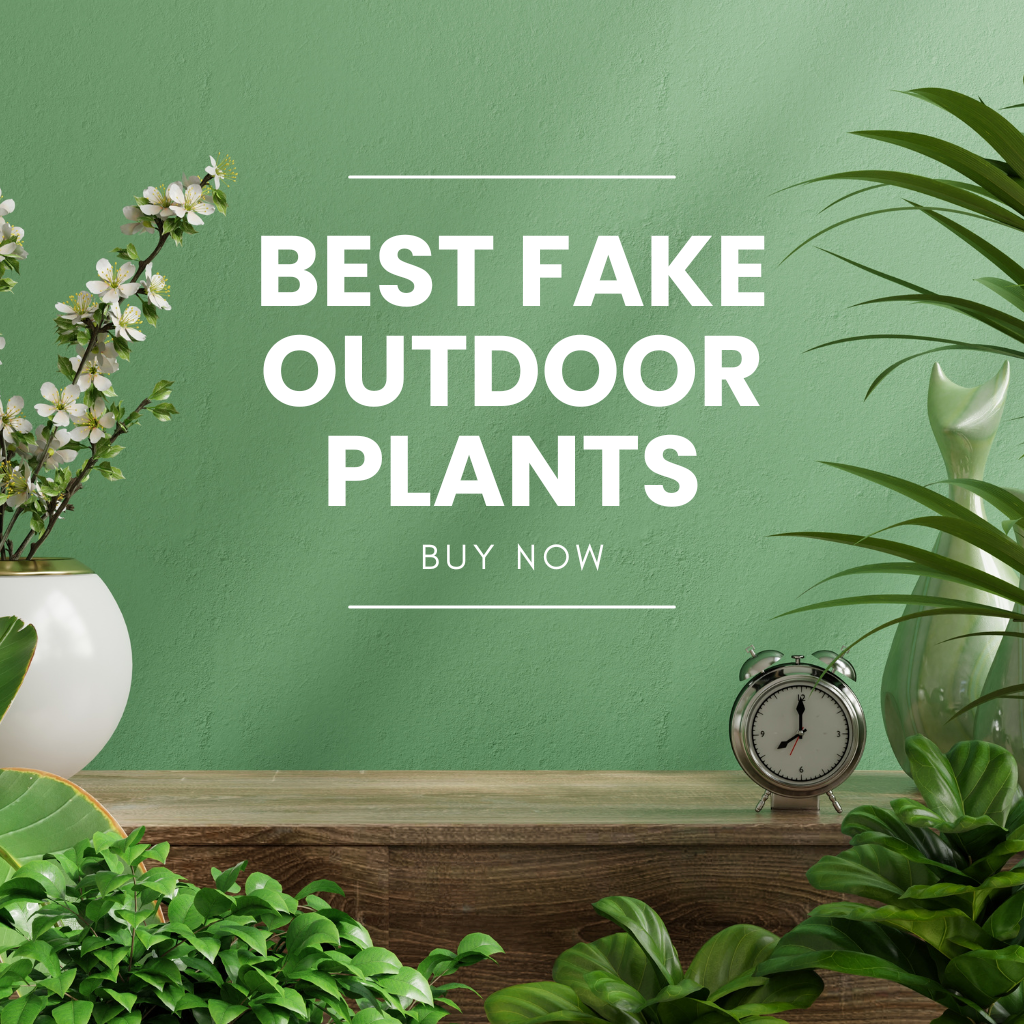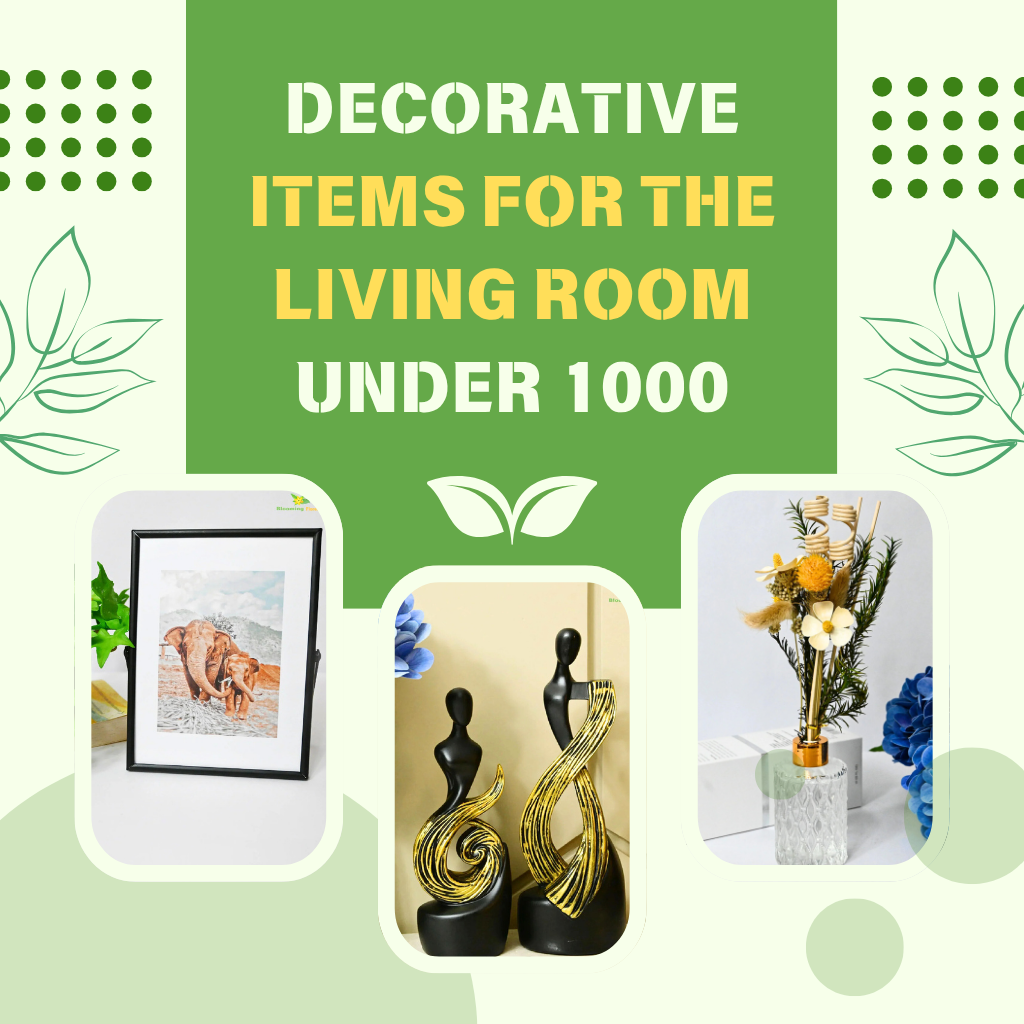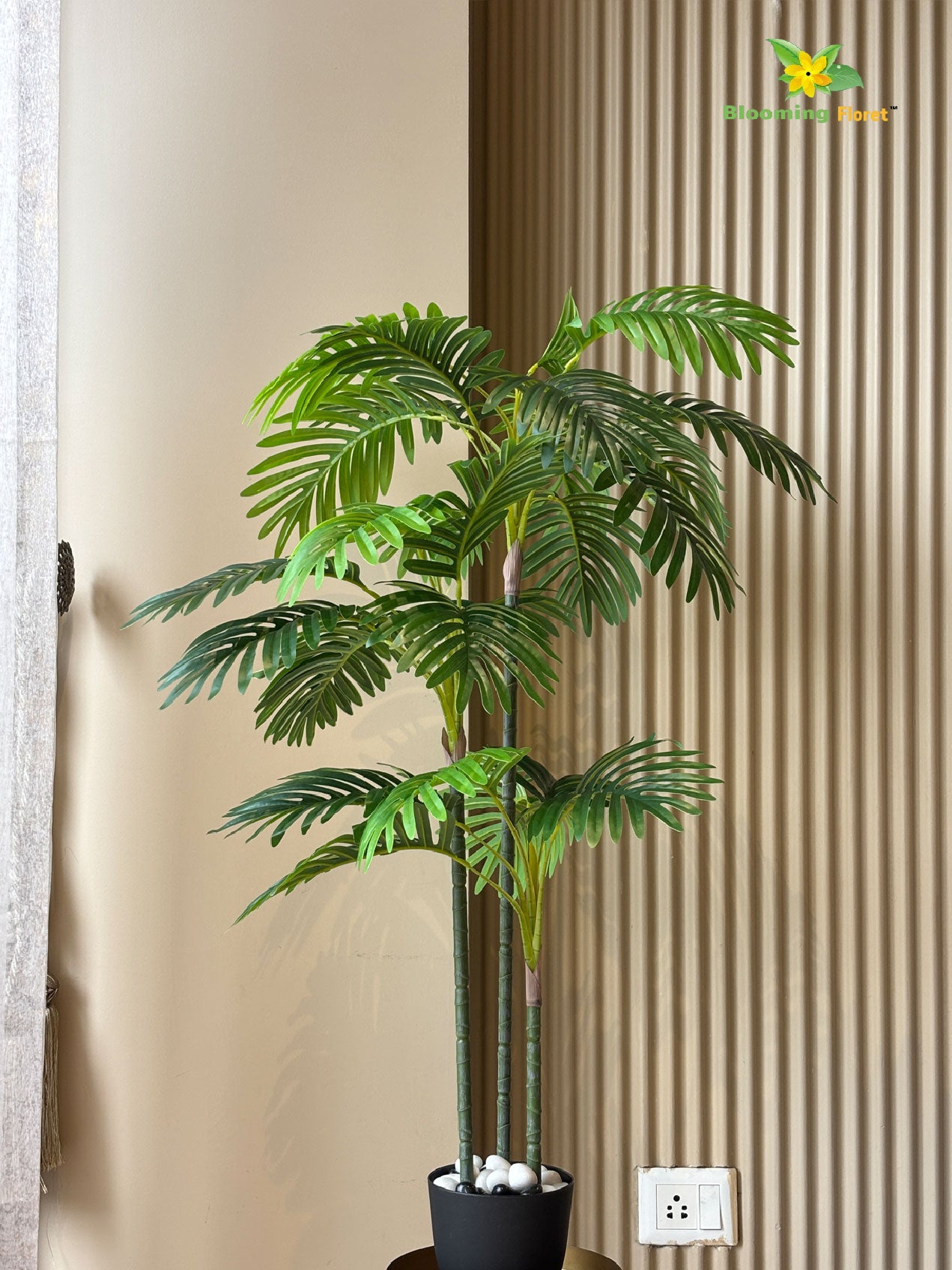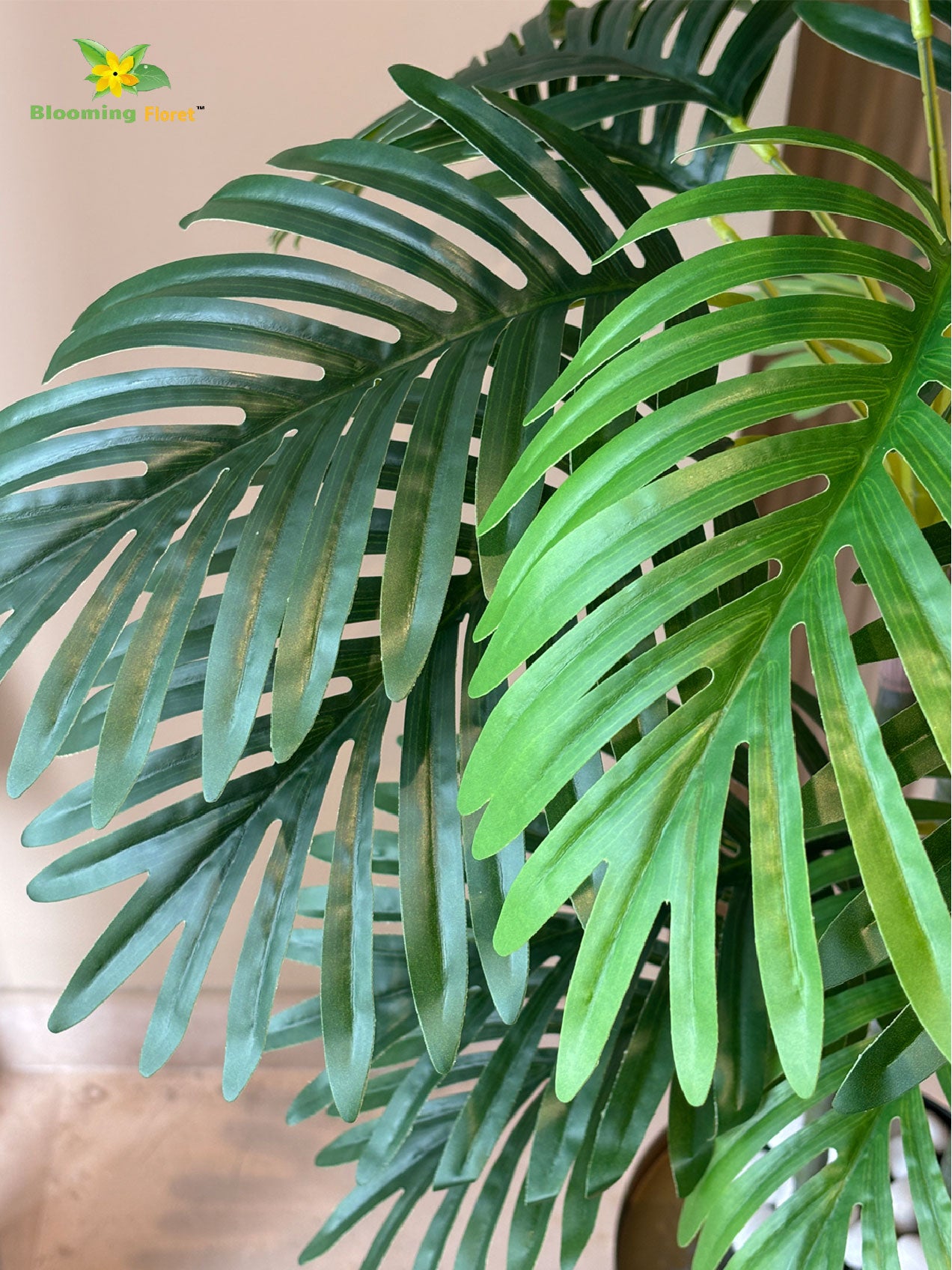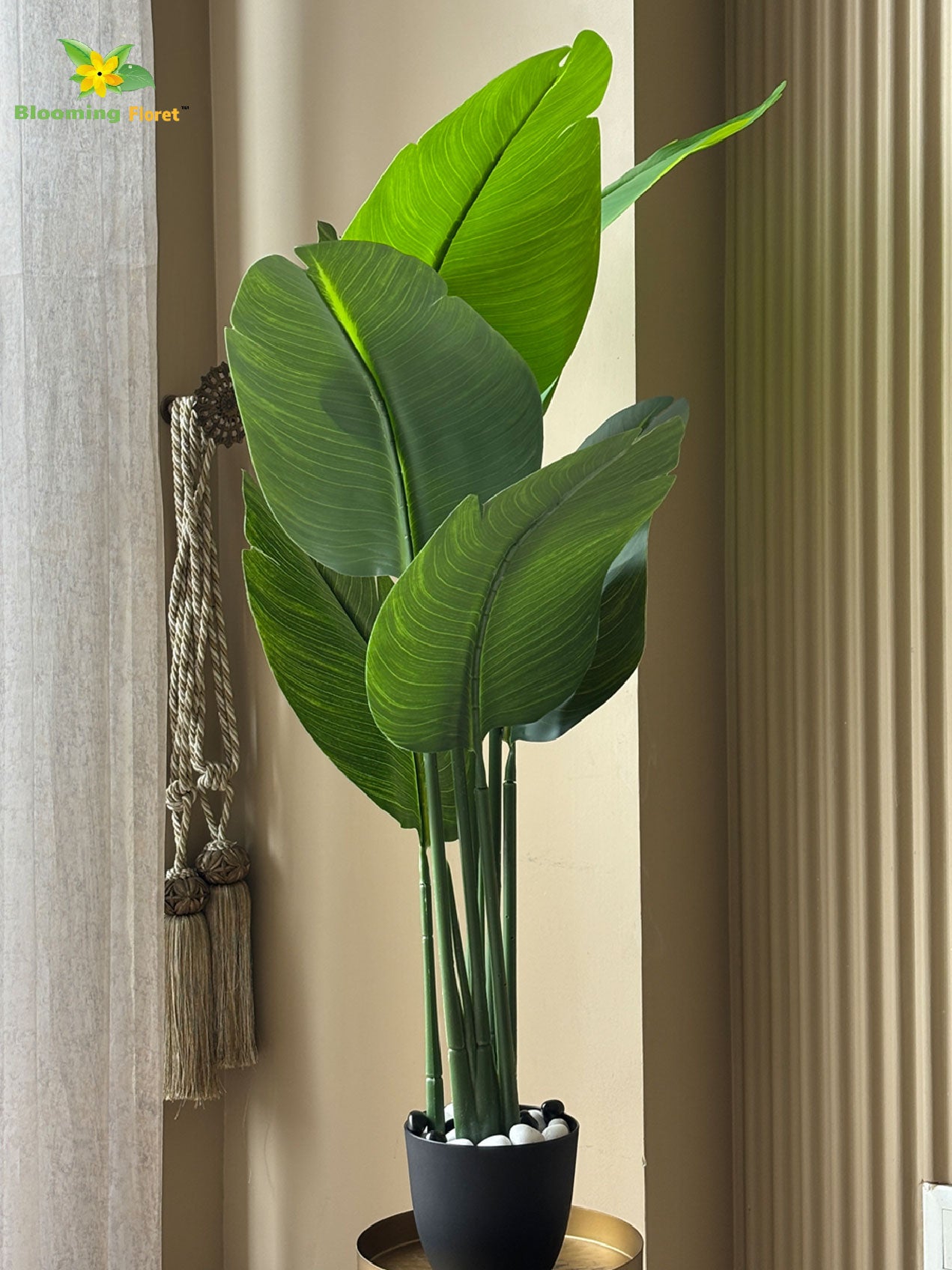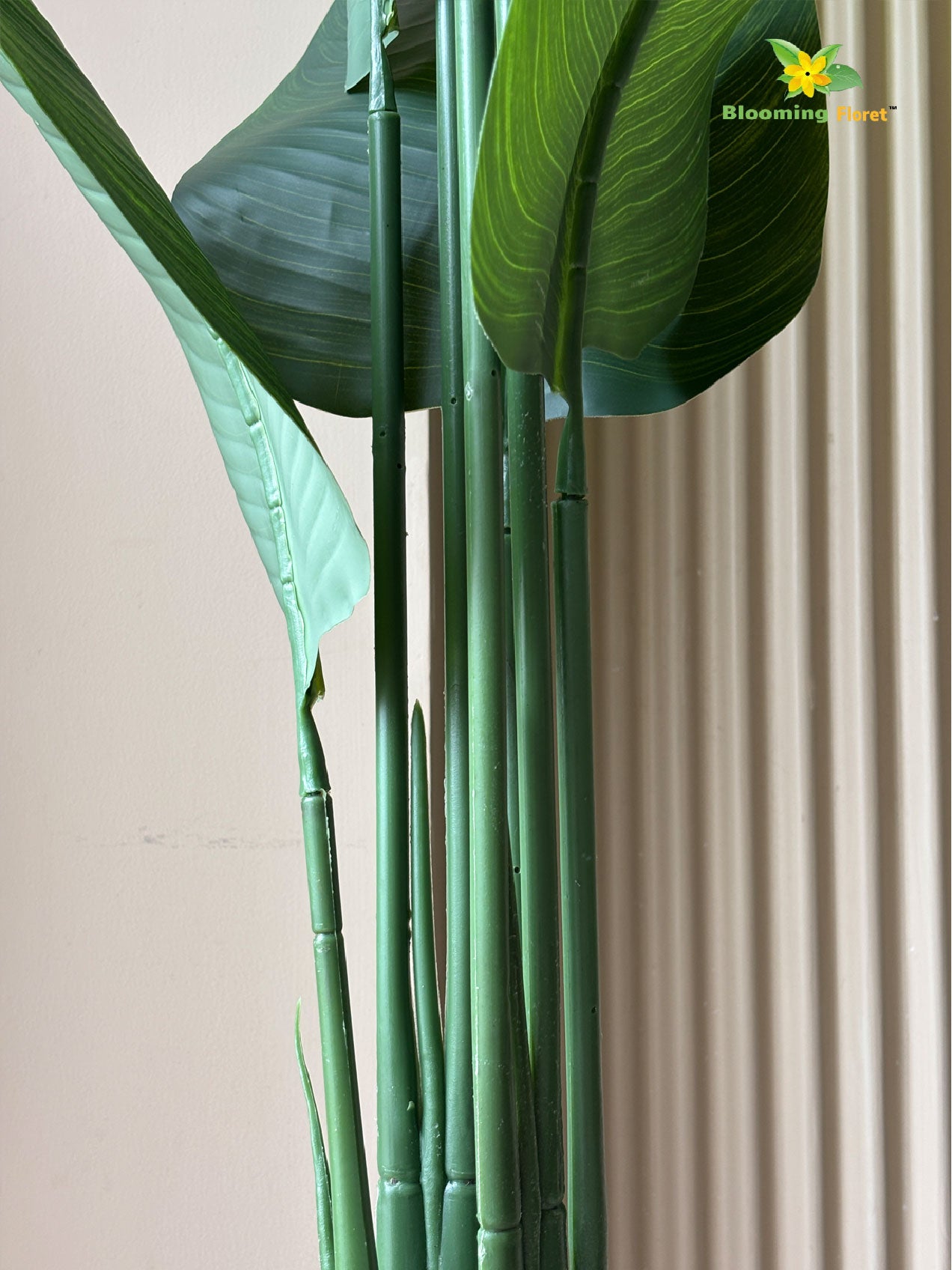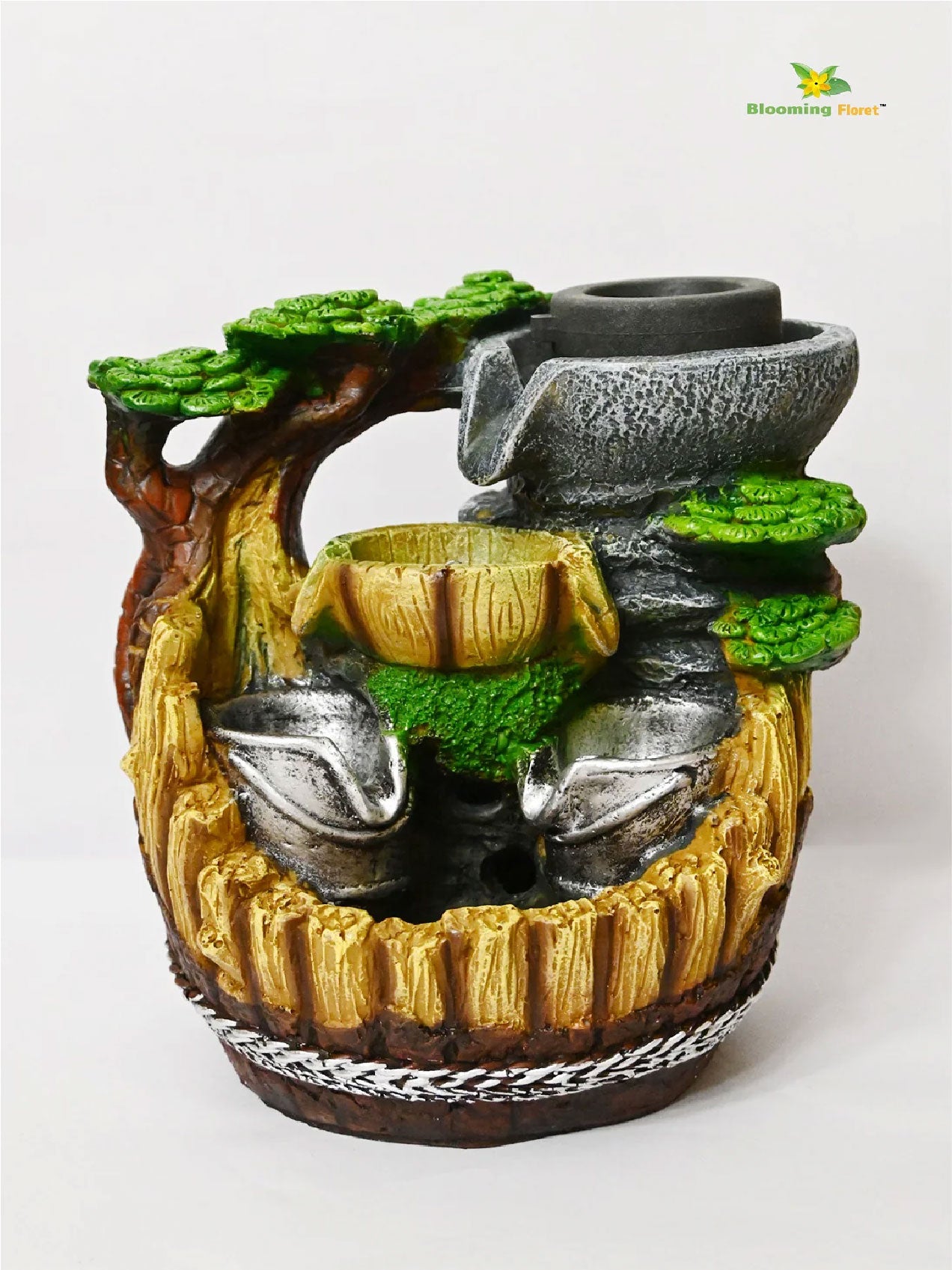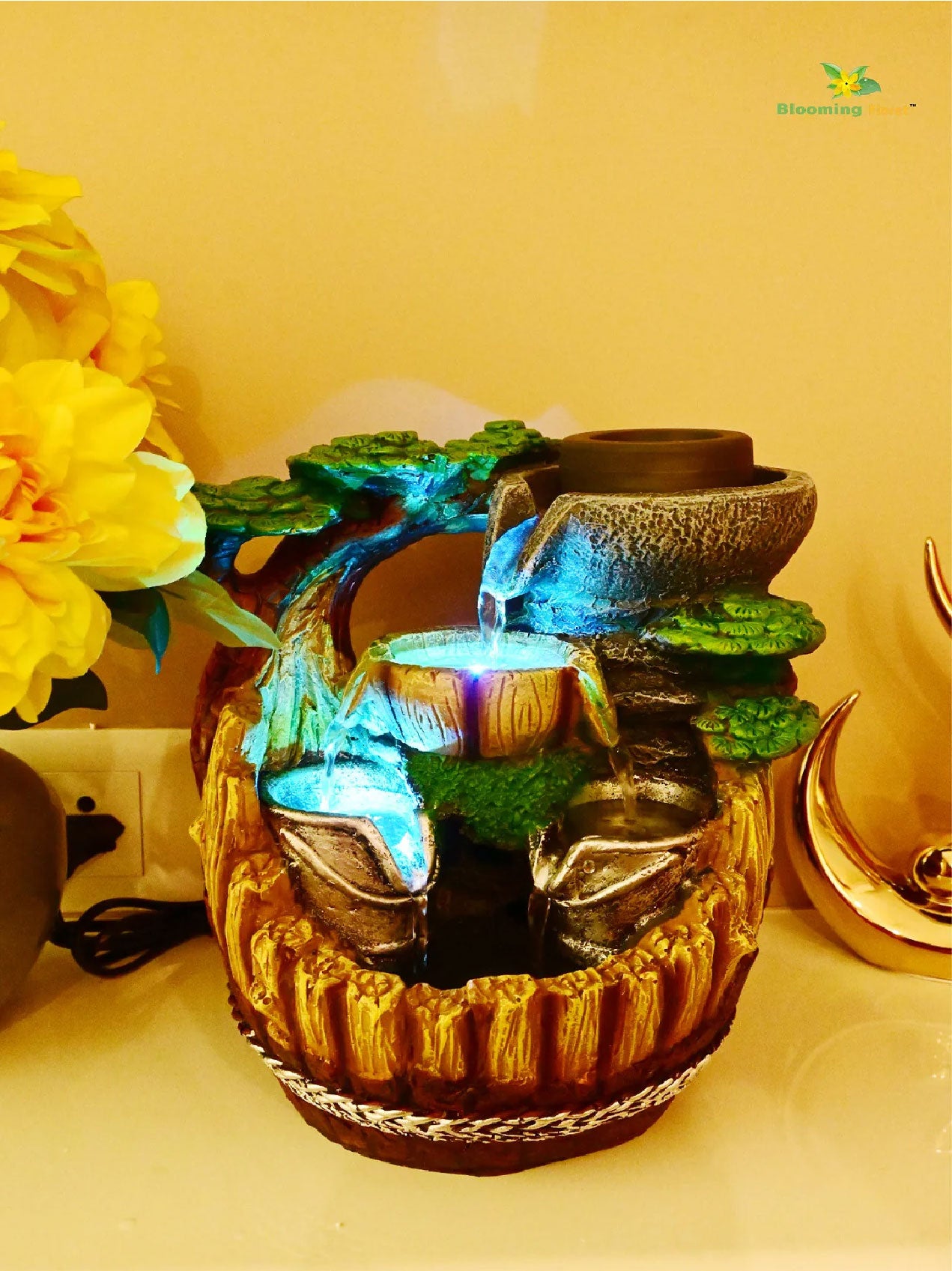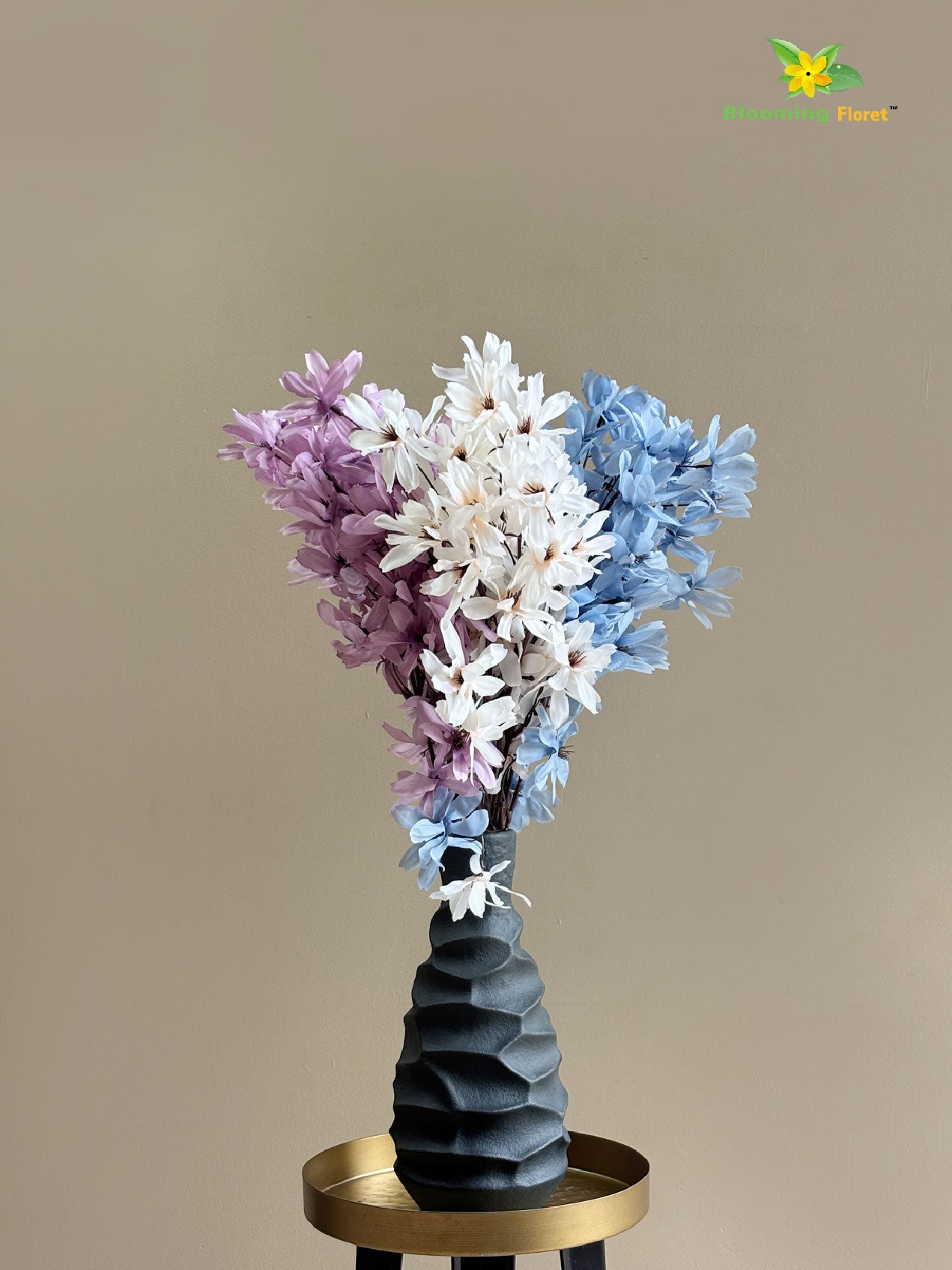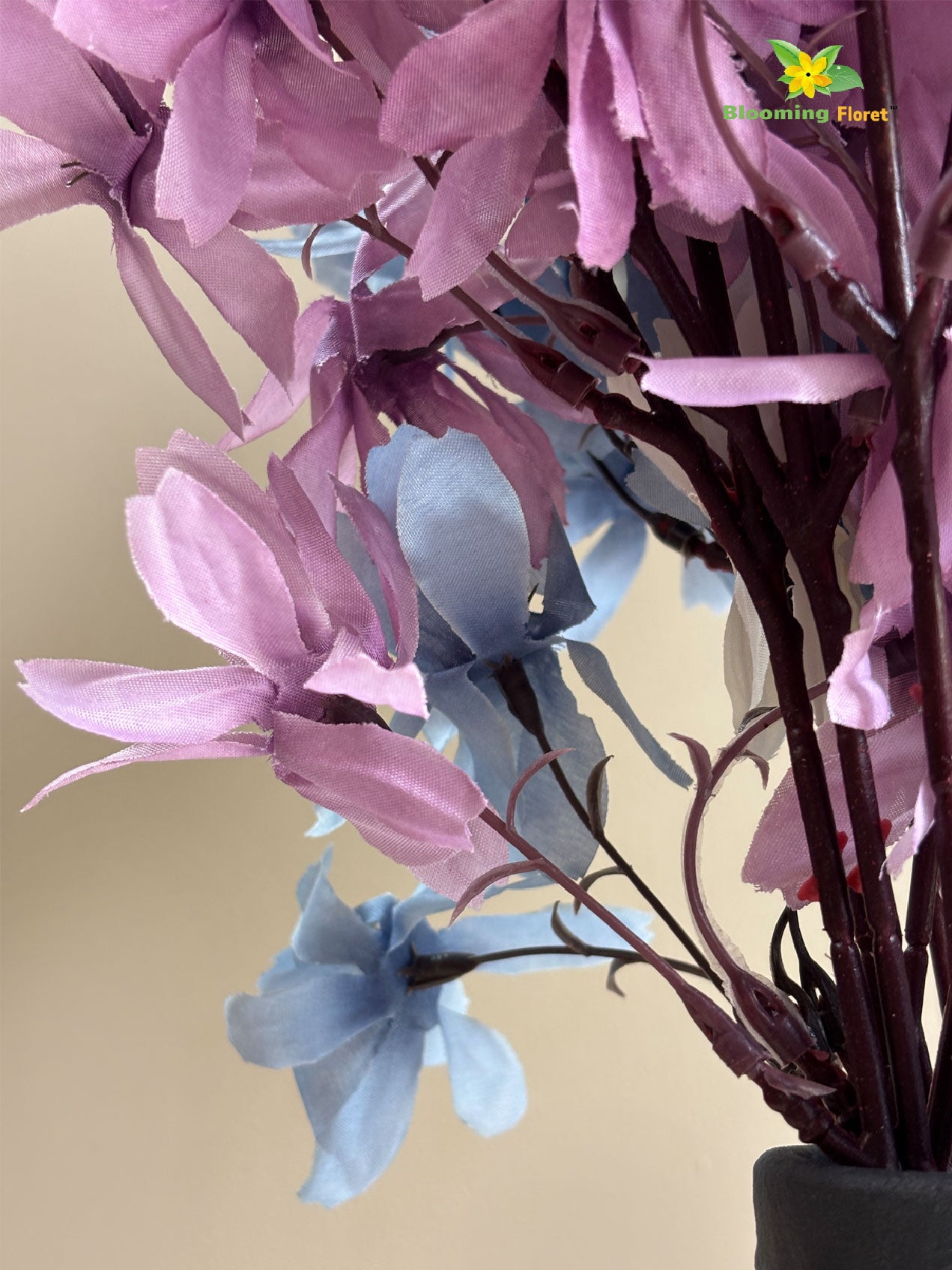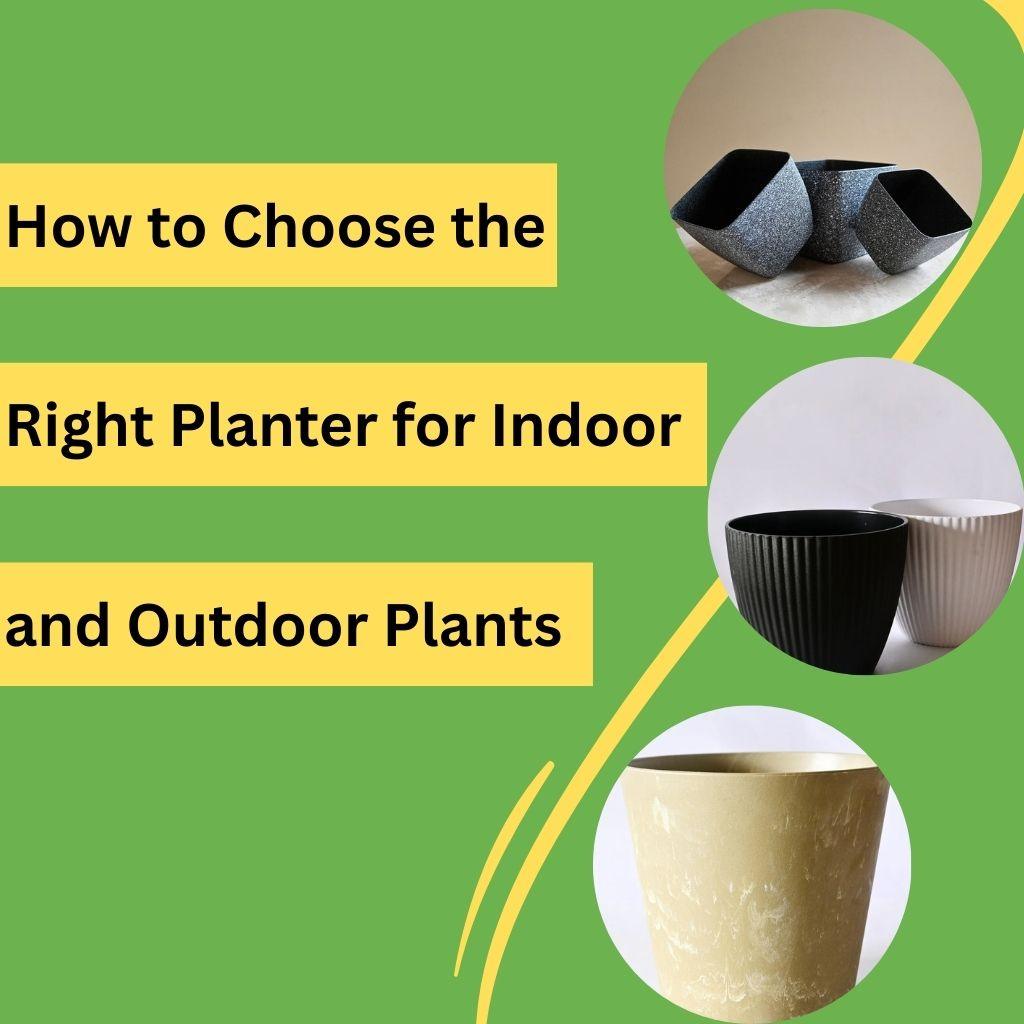
How to Choose the Right Planter for Indoor and Outdoor Plants?

Planters are more than just pots for plants. They are important for healthy growth, aesthetics, and space management. Whether you are decorating your living room or setting up a lush outdoor patio, choosing the right planters for indoor plants and outdoor greenery can make all the difference.
In this article, you will learn:
-
How to select planters based on plant type, material, and space?
-
The difference between indoor and outdoor planter requirements?
-
Expert tips for drainage, size, and climate suitability
-
Where to buy planters online?
What Makes a Good Planter?
Before we dive into specifics, let’s understand what a good planter does:
-
Supports plant health: Provides enough room for root growth and ensures proper drainage.
-
Matches environment: Indoor planters must match your interior decor, while outdoor ones should withstand weather.
-
Manages moisture: Prevents root rot through proper aeration and water regulation.
Indoor vs Outdoor Planters – What's the Difference?
| Features | Indoor Planters | Outdoor Planters |
| Material | Lightweight (ceramic, plastic) | Durable (stone, fiberstone, concrete) |
| Drainage | Often with trays or liners | Direct drainage holes |
| Design | Stylish, space-efficient | Weather-resistant and sturdy |
Choosing Planters for Indoor Plants
Size Matters – Small, Medium, or Big Planters for Indoor Plants?
Choosing the right size planter is crucial. If your plant has a shallow root system (like succulents), a shallow, small planter is enough. For plants like areca palms or rubber plants, big planters for indoor plants are essential for root expansion.
Expert Tip: Always choose a planter that’s 1–2 inches larger in diameter than your current pot to allow growth.
Planter Materials to Consider
-
Ceramic Planters: Ideal for decorative spaces. Available in glazed and unglazed varieties.
-
Plastic Planters: Lightweight and budget-friendly, perfect for beginners.
-
Terracotta Pots: Porous and breathable, great for succulents and herbs.
-
Metal Planters: Modern aesthetics, though not ideal for high moisture retention.
Drainage Is Non-Negotiable
No matter how pretty your planter looks, if it doesn't have proper drainage—it’s a disaster waiting to happen.
Use trays, pebbles, or liners to enhance drainage if the planter doesn't come with holes. Overwatering is the killer of indoor plants!
Selecting Outdoor Planters – Durability First
Material That Can Withstand Nature
-
Concrete & Stone: Perfect for large trees and heavy-duty planting. Weather-resistant and sturdy.
-
Fiberstone or Fiberglass: Lightweight alternatives to stone, suitable for balconies and patios.
-
Wood Planters: Rustic charm with proper weatherproofing; use liners to avoid rotting.
Wind and Weather
For windy areas, opt for heavier materials like stone or cement. If you're placing them in full sun, avoid dark-colored planters which can overheat the roots.
Buy Planters Online: What to Look For
When you buy planters online, it’s essential to choose the right size, material, and design to match your plants and space. Look for planters with proper drainage, durable build, and a finish that complements your indoor or outdoor décor. At Blooming Floret, you’ll find a premium collection of stylish and sustainable planters—perfect for homes, balconies, and gardens. Whether you need compact pots for succulents or big planters for indoor plants like areca palms or monsteras, Blooming Floret has it all. Shop now for quality, beauty, and value—all in one place.
Factors to Check Before Buying
-
Dimensions & Fit
-
Material & Usage (Indoor/Outdoor)
-
Weight (especially if placing on balconies)
-
Return Policy and Warranty
Matching Planters to Plants
For Indoor Plants
-
Succulents and Cacti: Ceramic or terracotta
-
Snake Plants and ZZ Plants: Self-watering plastic or metal
-
Areca Palm: Big planters for indoor plants with drainage trays
-
Peace Lilies: Tall ceramic or fiber planters
For Outdoor Plants
-
Banana Plant: Large cement or wooden containers
-
Bougainvillea: Wide clay planters
-
Monstera or Ferns: Fiberstone or stone planters
-
Herbs and Greens: Vertical plastic or terracotta planters
FAQs on Planters for Indoor and Outdoor Use
Q1. How often should I repot my plant into a bigger planter?
Ans. Every 12–18 months for fast-growing plants. Look for signs like roots sticking out or slowed growth.
Q2. Can I use outdoor planters indoors?
Ans. Yes, but ensure they don’t leak and suit your interior design.
Q3. What’s the best planter for someone new to indoor gardening?
Ans. Start with plastic or terracotta pots—they’re affordable and plant-friendly.
